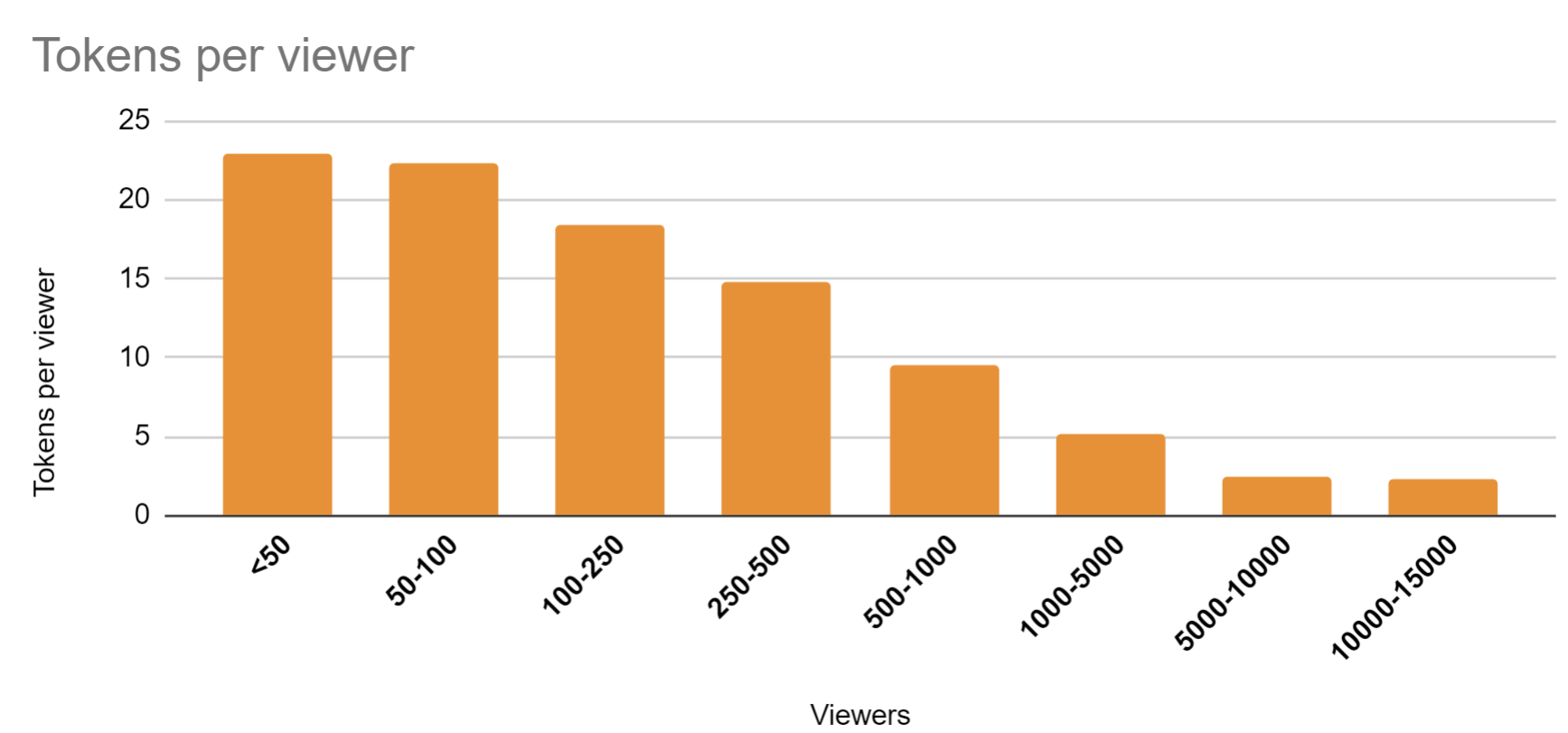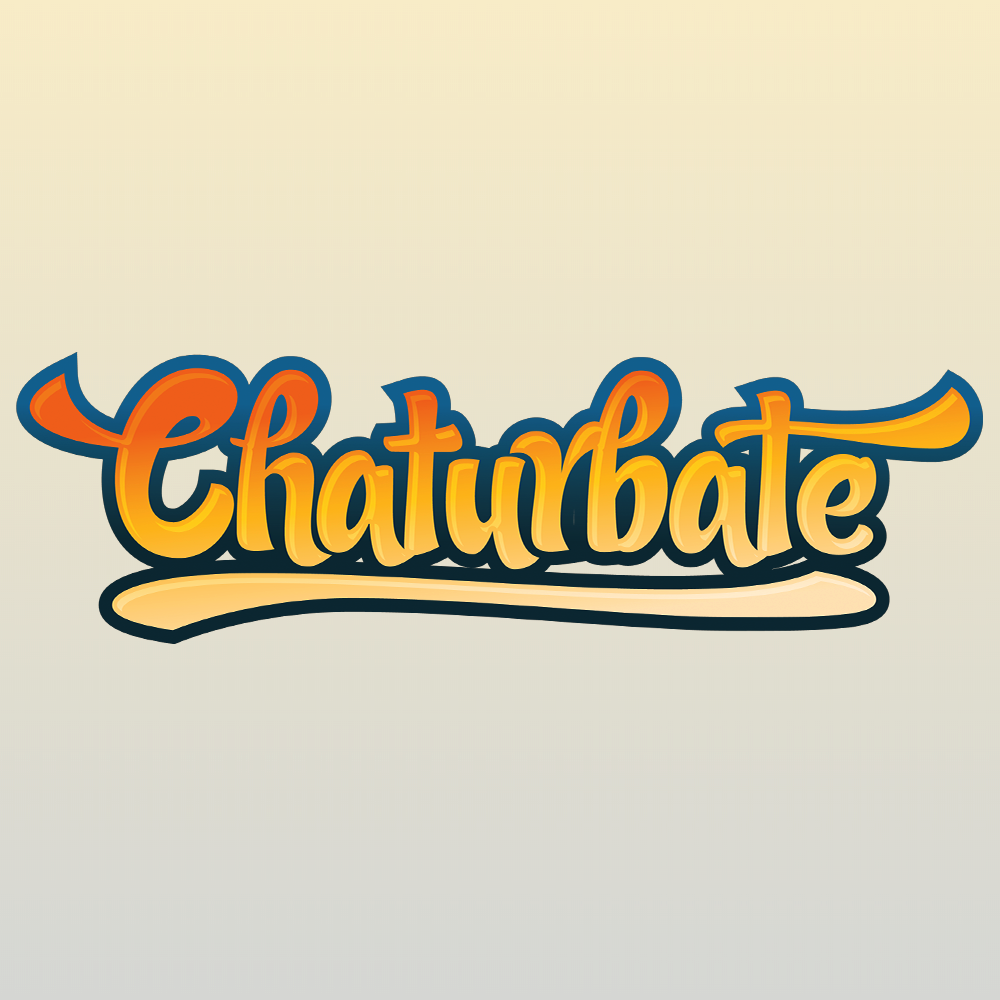Hello everyone, very interesting what I raised, besides being a webcam model I am a scientist and the rules for a "creative use of statistics" (that is not misleading) are the same in a molecular biology laboratory as in an office of marketing, then it happens that you can shed light on the events or else a truck full of shadows. When we talk about probability, it is always before the phenomenon, since once something really happens, it is totally affected by the incidence and the distribution does not say anything. The statistics that are obtained from observable data derived from processes that we do not know can be easily manipulated by people who know the internal workings of the system that produces the data. My style as a model is that of a small room where the host meets one and each of the people who enter and my effort is put into achieving intimacy and warmth, this is possible as long as they do not all enter the intimate together, here again Incidence is opposed to distribution, since to maintain the level of intimidation a widely distributed low is necessary, how do I bring this to my room (?) Instead of broadcasting 6 hours straight, I broadcast 2 hours in the morning 2 in the afternoon and 2 in the evening. Another point in favor of this wide distribution is that although people like to know what they are going to find, it is that same comfortable uniformity that ends up boring them. When the flow begins to thicken it is time to start thinking about the next eccentricity to apply. This is possible as long as they do not enter the intimate all together, here again The incidence is opposed to the distribution, since to maintain the level of intimidation a widely distributed low is necessary, how do I bring this to my room (?) Instead of transmitting 6 hours in a row, I transmit 2 hours in the morning, 2 in the afternoon and two at night. Another point in favor of this wide distribution is that although people like to know what they are going to find, it is that same comfortable uniformity that ends up boring them. When the flow begins to thicken it is time to start thinking about the next eccentricity to apply. This is possible as long as they do not all enter the intimate together, here again The incidence is opposed to the distribution, since to maintain the level of intimidation a widely distributed low incidence is necessary, how do I bring this to my room (?) Instead of transmitting 6 hours in a row, I transmit 2 hours in the morning, 2 in the afternoon and two at night. Another point in favor of this wide distribution is that although people like to know what they are going to find, it is that same comfortable uniformity that ends up boring them. When the flow begins to thicken it is time to start thinking about the next eccentricity to apply. Since a widely distributed low incidence is necessary to maintain the level of intimidation, how do I bring this to my room (?) Instead of broadcasting 6 hours straight, I broadcast 2 hours in the morning, 2 in the afternoon and two in the afternoon. Another point in favor of this wide distribution is that although people like to know what they are going to find, it is that same comfortable uniformity that ends up boring them. When the flow begins to thicken it is time to start thinking about the next eccentricity to apply. Since a widely distributed low incidence is necessary to maintain the level of intimidation, how do I bring this to my room (?) Instead of broadcasting 6 hours straight, I broadcast 2 hours in the morning, 2 in the afternoon and two in the afternoon. Another point in favor of this wide distribution is that although people like to know what they are going to find, it is that same comfortable uniformity that ends up boring them. When the flow begins to thicken it is time to start thinking about the next eccentricity to apply. it is that same comfortable uniformity that ends up boring them. When the flow begins to thicken it is time to start thinking about the next eccentricity to apply. it is that same comfortable uniformity that ends up boring them. When the flow begins to thicken it is time to start thinking about the next eccentricity to apply.
One of my favorite moments is cleaning the rooms of my friends of how imbesil appears, this leads to a growing experience like Mod, from which I have been able to make some interesting observations, it is not very clear that to be able to clearly observe the emerging phenomena; The theory must never precede the phenomenon, if not the opposite: any hypothesis or attempt at generalization is derived from the facts. While it is true that a writing whale discourages the skinniest fish from writing. The opposite is also true, many times I see how many sperm whale cubs are concentrated in a room without any of them acting, in that case a small mojarrita that types 25 Tokens is usually enough to bait the monsters.
Another trick is to maintain a constant level of typing so that the user who enters always does so in a room that already has a minimum and constant base activity, this could represent a real budget for a moderator or for a User-primer. a trick, which I will not reveal in public, if anyone needs to know, contact me by message.
Me encanta este foro !!!! Yeeeahhhhhhhhhhhhhh ¡
Saludos cordiales a todos! Onfirebigman
Yo know [20 tokens left] #MonsterCock #LiveMusic #HugeDick #CutieMan #CumShow #SmartPorn #MegaCock #Live-Sex-Music-set

chaturbate.com
www.survector.bandcamp.com
https://psypubblog.wordpress.com/





